
9 min read
How to...Design a Home Office That Supports Your Wellbeing
WLLW explores how to craft a home office that elevates both your work and wellbeing through intentional design choices.

4 min read
WLLW dives into designing the kitchen, crafting a space for health and connection.
In this installment of WLLW’s ‘How To’ series, where we explore ways to enhance your home to support health and lifestyle, we turn to the heart of the home – the kitchen. More than just a venue for culinary creativity, the kitchen is the foundation of a healthy lifestyle, shaping our daily habits and deepening our connections with food and family. In Part 1 of our kitchen series, we’ll focus on designing for health and creating spaces that promote healthy living.
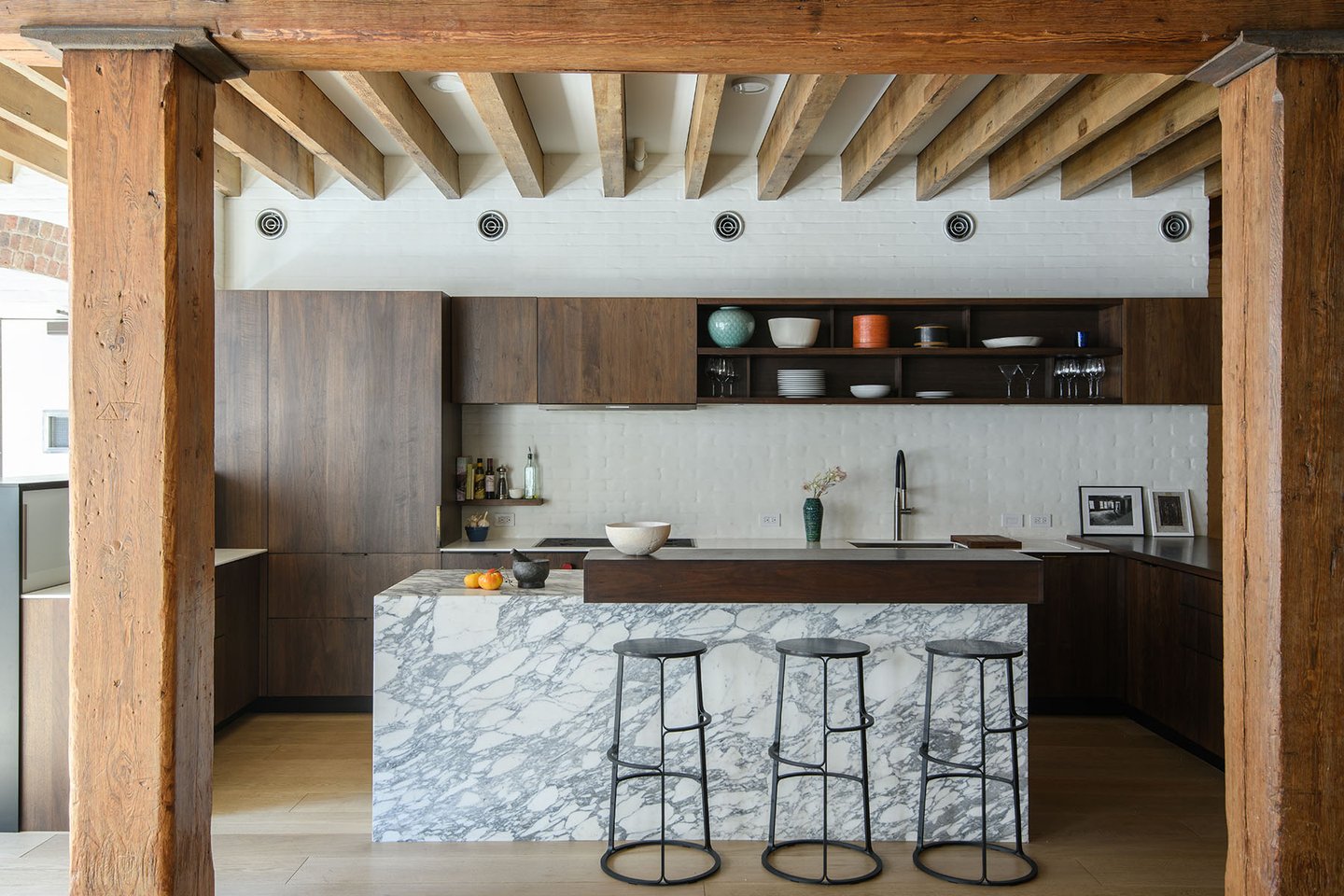
The kitchen is not just a room; it's a space where life’s moments are savored and memories are infused into every corner. It's where we begin our mornings with a warm drink and where we come together at the end of the day to nourish our bodies. The design of this space is about more than just visual appeal; it's about crafting an environment that promotes healthy eating, ensures access to clean drinking water and strengthens the bonds we have with our loved ones.
Amid our busy lives and routines, the kitchen holds space for all of life's moments, from the morning rush of getting ready for work and school to the quiet evenings spent winding down. It's a unique setting where the day's urgency yields to the slow cadence of shared meals and the collective effort of preparing food becomes a time to connect deeply with others. In the warmth of the kitchen, homework is tackled at the table and stories of the day are exchanged, becoming a place of calm and togetherness in contrast to the day's activities.
The kitchen's impact goes beyond just physical wellbeing. It anchors our daily routines, influencing our lifestyle and behavioral patterns. This is where daily rituals take shape, from pouring morning coffee to the deliberate practice of meal preparation. It's a hub of connection where families and friends unite, where culinary traditions are nurtured and where children learn the value of home-cooked food. Thus, the kitchen's design should cater not just to the individual who cooks but to everyone who moves through it, making it a versatile space that adapts to the rhythms of daily life and fosters a sense of togetherness.
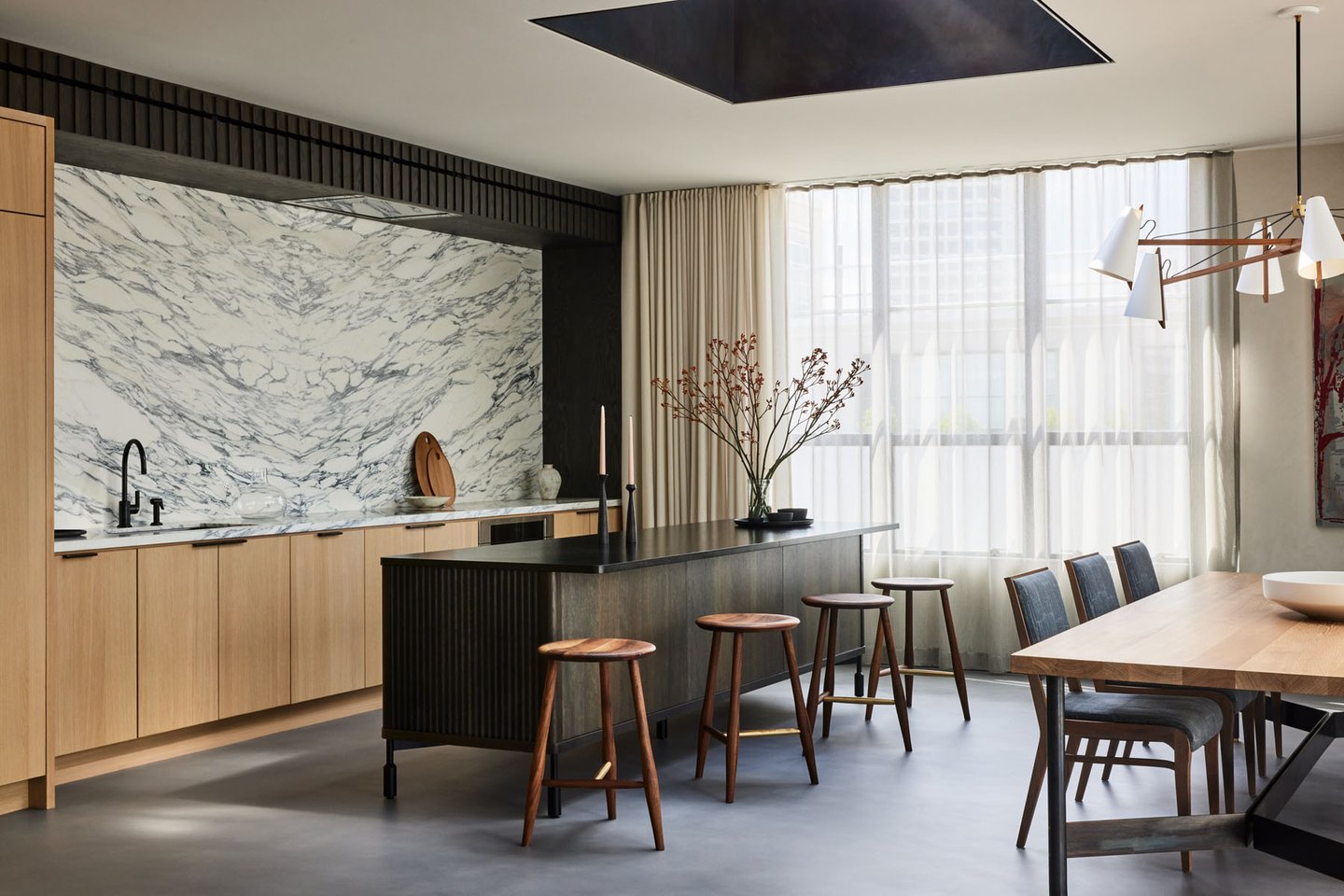
The look and feel of a kitchen can profoundly impact our desire to cook and eat healthily. A beautifully designed space, bathed in natural light, invites warmth and vitality. Colors that reflect our personal style and taste, along with comfortable seating, inspire us to devote more time to both meal preparation and enjoyment. When we are surrounded by beauty and appreciative of our environment, we are more inclined to invest effort in creating and relishing nutritious meals.
A well-designed kitchen does more than serve as a cooking area; it can actively encourage healthier lifestyle choices. Layouts with ample counter space and thoughtful storage enable us to prepare meals with fresh ingredients, ensuring that everything we need is close at hand. A carefully organized pantry promotes healthier eating habits by making wholesome options readily accessible.
Furthermore, selecting finishes and fixtures made from natural materials can enhance the tactile experience of the kitchen. The warmth of wood under our hands when we open a cabinet or the cool touch of a stone countertop as we knead dough deepens our connection to the cooking process and our food. Biophilic elements, such as the use of natural materials, color schemes, and the inclusion of natural light, can have calming effects, reducing stress levels and making the act of cooking a more therapeutic experience. Introducing plants not only helps to clear the air but also adds a connection to nature. Creating space to cultivate your own herbs and vegetables can further strengthen this bond with the natural world and enhance our engagement with healthy eating.

The integration of natural materials such as wood and stone not only adds a layer of organic beauty to the kitchen but also fosters a healthier environment. These materials, timeless in their appeal, often provide a safer alternative for our health compared to conventional cabinet frames and doors made from composite wood products such as medium-density fiberboard (MDF), particleboard or pressboard. These composites typically require adhesives laden with formaldehyde – a Volatile Organic Compound (VOC) – to bind the wood pieces together. Exposure to VOCs can result in a range of health issues, from eye, nose and throat irritation to more serious conditions such as damage to the liver, kidneys and central nervous system and even cancer.
"The kitchen is far more than a place for culinary creativity; it's a vital center for nurturing health, fostering connections and experiencing joy."
For a safer alternative, consider cabinet doors and drawer fronts made from FSC-certified solid wood, which do not use formaldehyde-based glues. Additional options include open shelving crafted from materials like solid wood, glass, or metal. Salvaged wood can also offer a sustainable and character-rich choice for custom-built cabinets or shelves. When selecting countertops, it's best to avoid laminate, which often contains formaldehyde in its base or in the adhesive process. Instead, explore paper composite countertops made from recycled fibers, salvaged stone such as granite or slate, or reclaimed wood – all of which provide sustainable and low-emission surfaces.
Maintaining air quality in the kitchen is of utmost importance due to the significant amount of time we spend there. By choosing low-VOC materials for cabinets and countertops, as well as low-VOC paints and varnishes, we can greatly improve air quality, contributing to a cleaner and healthier living environment.
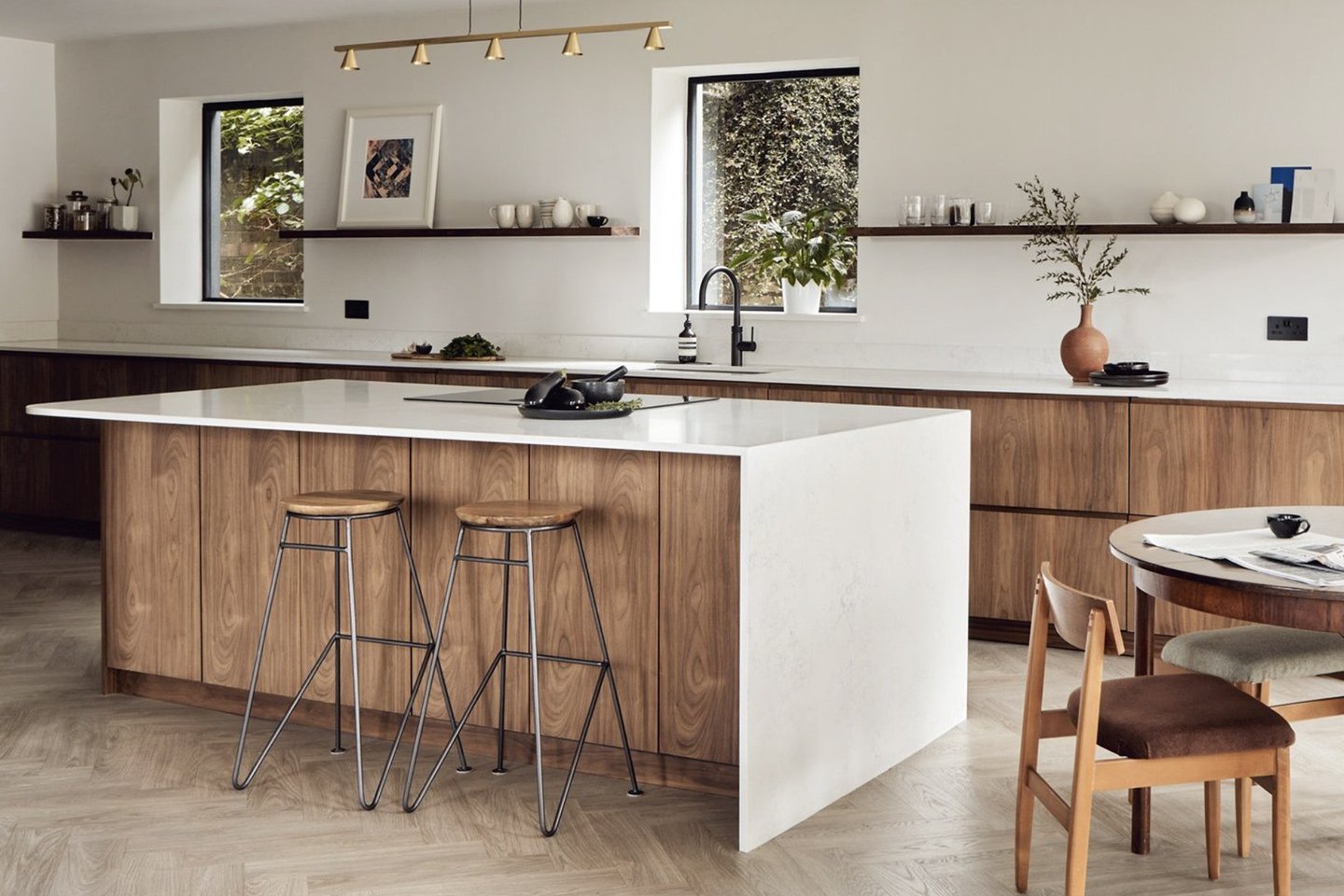
The kitchen is far more than a place for culinary creativity; it's a vital center for nurturing health, fostering connections and experiencing joy. Thoughtful design and layout, choice of materials and aesthetic appeal intertwine to create a space that not only looks beautiful but also enhances our daily lives. Stay tuned for Part 2, in which we will discuss designing your kitchen layout, the role of lighting, the importance of proper kitchen ventilation and the benefits of water filtration. This is all aimed at ensuring that your kitchen not only serves your culinary needs but also contributes to the wellbeing of your family within the home.

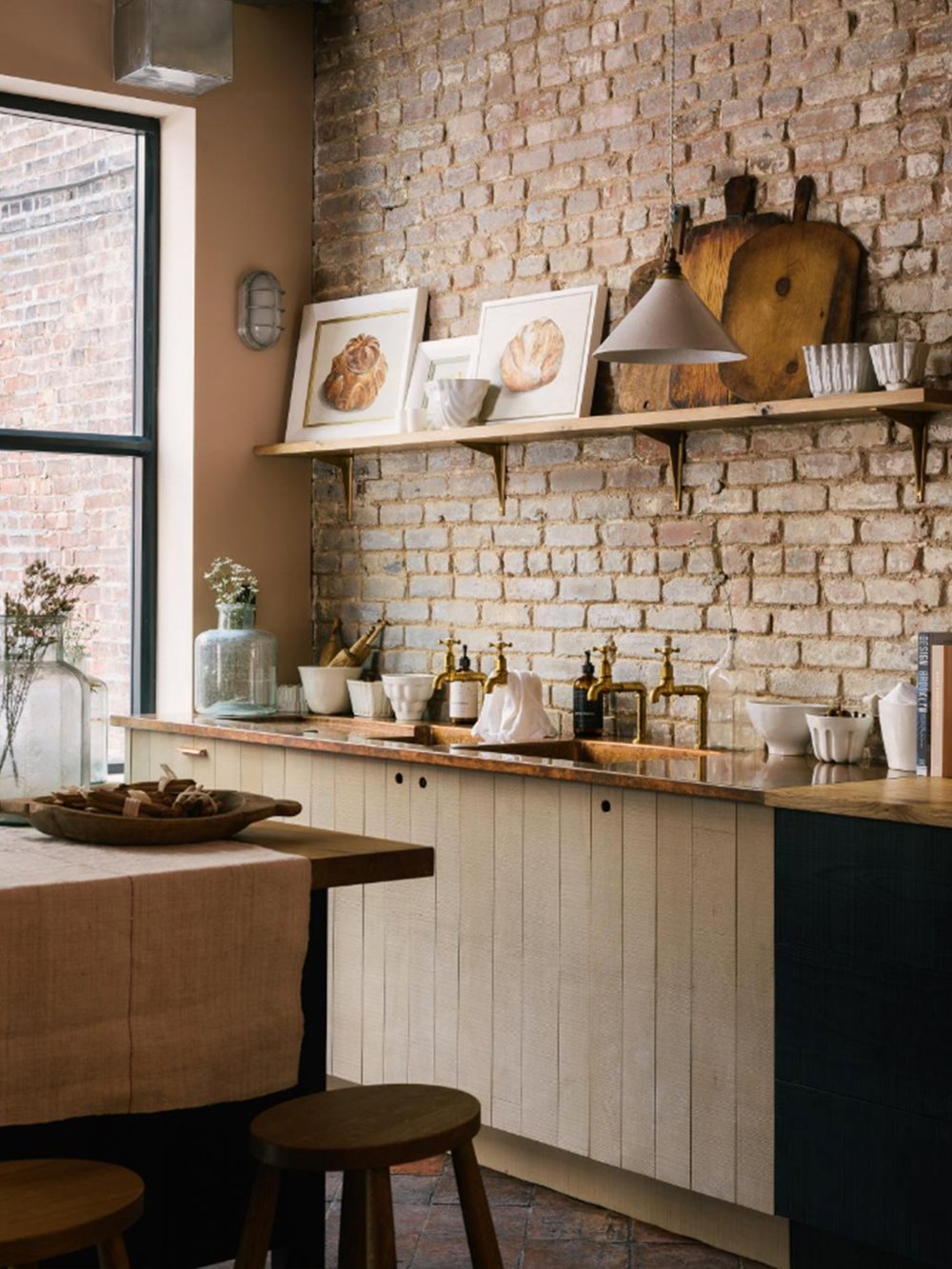

Feature Image: Ellei Home Kitchen for deVOL by Sebastian Cox. Photo courtesy of deVOL
Photography: deVOL, Henrybuilt, Zack Pontz, Nicole Franzen, Jonas Bjerre-Poulsen, Holte, Plain English

9 min read
WLLW explores how to craft a home office that elevates both your work and wellbeing through intentional design choices.
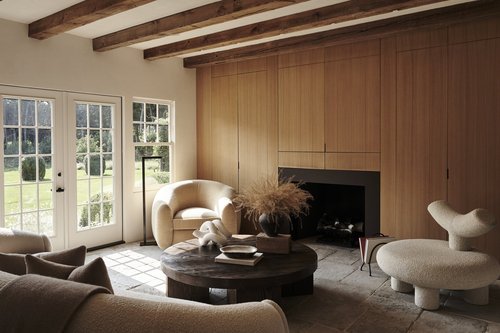
5 min read
WLLW delves into the ways our homes influence and actively bolster our mental health and overall wellbeing.